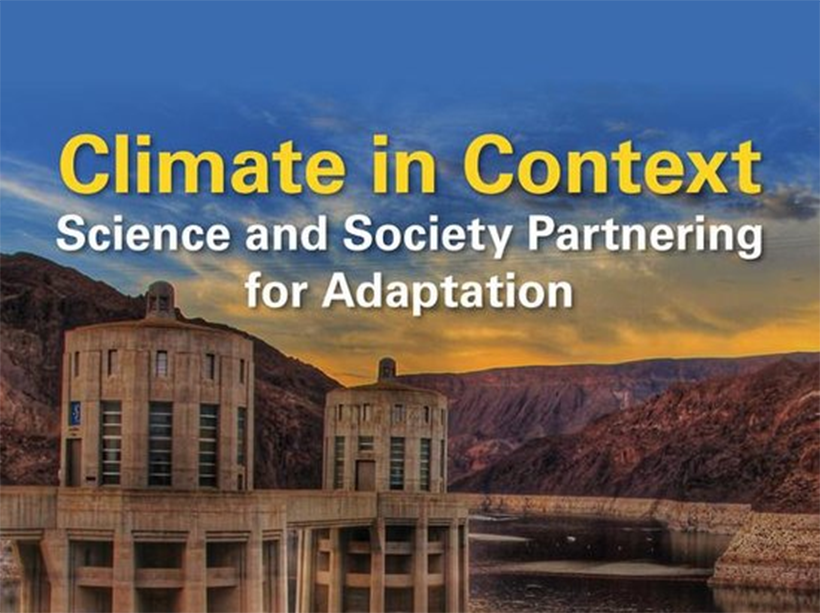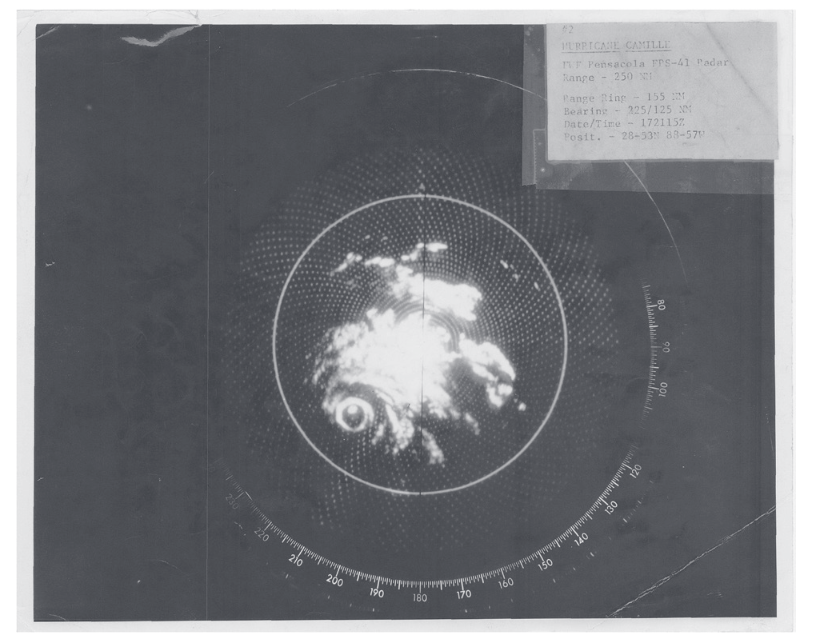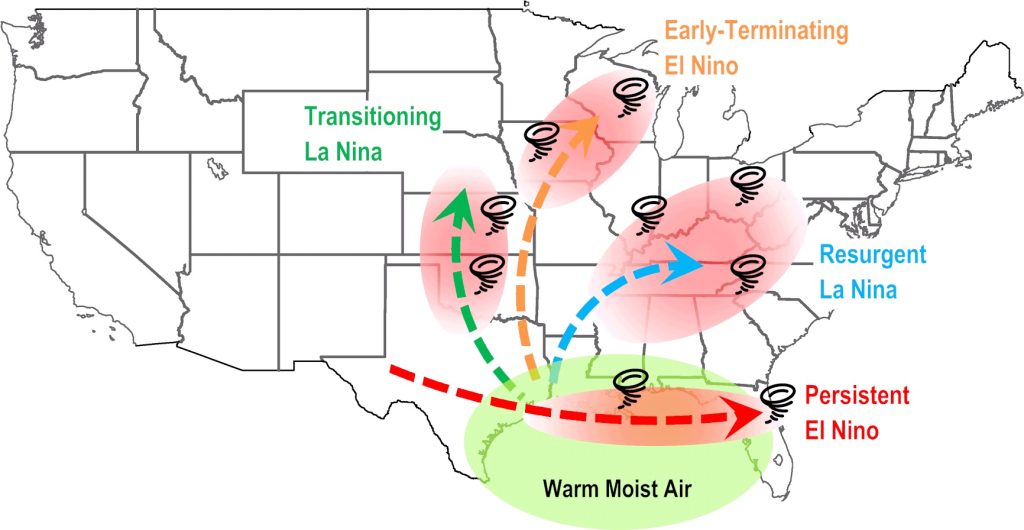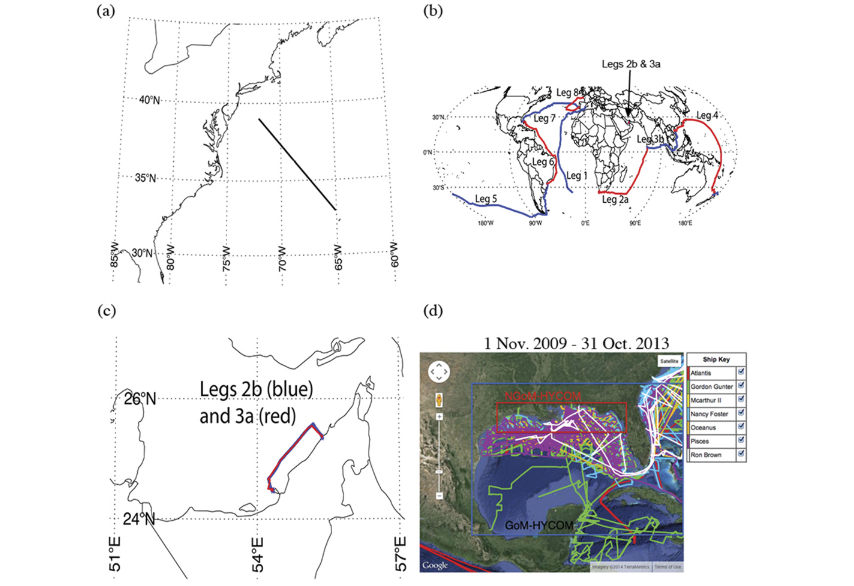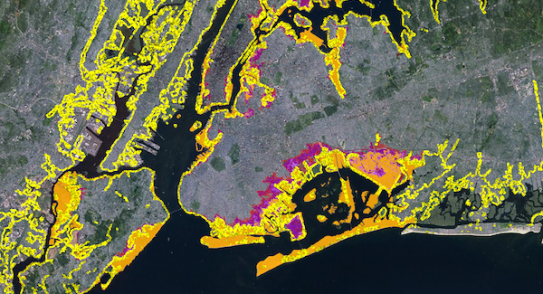New book highlights positive impacts of the NOAA RISA program
The Regional Integrated Sciences and Assessments (RISA) program is proud to announce the release of Climate in Context: Science and Society Partnering for Adaptation, an edited volume being published by Wiley & Sons.
New book highlights positive impacts of the NOAA RISA program Read More »


